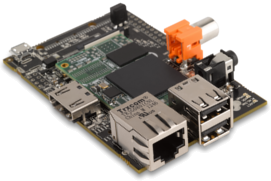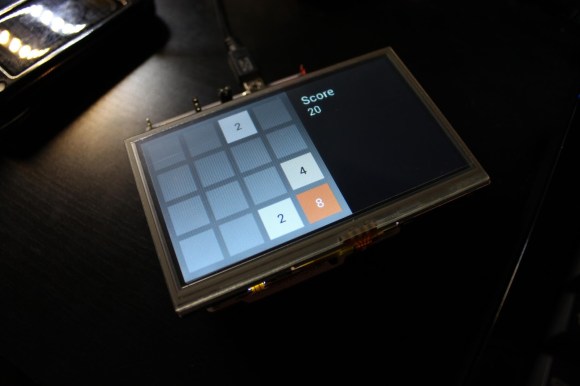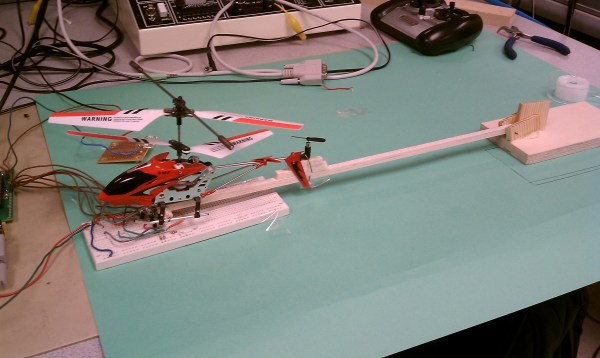
As technology continues to advance, make-believe props and technology from movies are coming closer and closer to reality. [Patrick Priebe] has managed to put together a working Spiderman Webshooter with the help of electromagnets!
He’s built a tiny coil gun that puts out 100 Joules of energy using a 350V capacitor bank, which straps cleanly to his wrist over top of a Spiderman costume glove. It makes the classic high-pitched hum as it charges, and launches a small barbed brass arrow capable of skewering Styrofoam.
He didn’t stop there though! He’s created a handy little winch using a small high-powered brushless motor with an ESC. A weighted disk acts as a flywheel to increase the pulling power of the fishing line, and he’s built it on a pivot so when you launch it, the fishing line just slips off the end without resistance. To engage, you flip it back perpendicular to the line and turn on the motor.
Continue reading “Electromagnetic Spiderman Webshooter Railgun / Grappling Hook”




 Inspired by the augmented reality
Inspired by the augmented reality 
 How ’bout that 2048 game? Pretty addictive, huh? Almost as addictive as embedded systems are, at least if you’re [Andrew]. Armed (pun intended) with a Nucleo F4 and a Gameduino 2 shield, he decided to have a go at making
How ’bout that 2048 game? Pretty addictive, huh? Almost as addictive as embedded systems are, at least if you’re [Andrew]. Armed (pun intended) with a Nucleo F4 and a Gameduino 2 shield, he decided to have a go at making 












